Hello! Click on one of our members below to chat on Whatsapp
Lake Titicaca is a fresh water lake located between Bolivia and Peru. It has a surface elevation of 3, 812m/ 12 507ft, and is arguably the highest navigable lake in the world. The communities of Copacabana Bolivia and Puno Peru are connected by this lake and have many customs and traditions in common. The lake comprises of 41 islands, some of which are densely populated. Locals regard it as a sacred living being and believe in its profound spiritual significance.
It has more than 530 aquatic species, the most noteworthy being the threatened Titicaca Water Frog, which is currently the biggest exclusively aquatic frog in the world. Unfortunately, like most aquatic frogs, they are now under threat of extinction predominantly because of human consumption, the continuous encroachment into their habitat and pollution in Lake Titicaca. The locals have been consuming them for generations because they believe these frogs have a variety curative properties. Although both the Peruvian and Bolivian government have ramped up efforts to protect the species, unfortunately, their numbers continue to dwindle.
Puno and Lake Titicaca is popular with tourist because of its rich wealth of tourism. When traveling to Puno, you should try and stay at one of the islands and experience the day to day life of the locals first hand. What makes this experience special is that the island residents still maintain a very unique and traditional way of life. Islands that people visit most include Uros Islands “The floating Islands”, Amantani Island and Taquile Island. We highly recommend doing a homestay at one of the either floating or reed during your stay in Puno.
Ideally the perfect length of an enjoyable and stress free journey in the region is 2 or 3 days. The longer your stay the better chances you have to enjoy connections with local culture. If you are short on time there are many great options for one to two day trips where you will have an interesting visit!
Puno is the largest city on the shores of Lake Titicaca. It’s a trading hub, also considered the capital of Peru’s folklore. Expect traditional festivals with dance and music with strong folkloric culture of the region. Below we list places of interest around Puno.
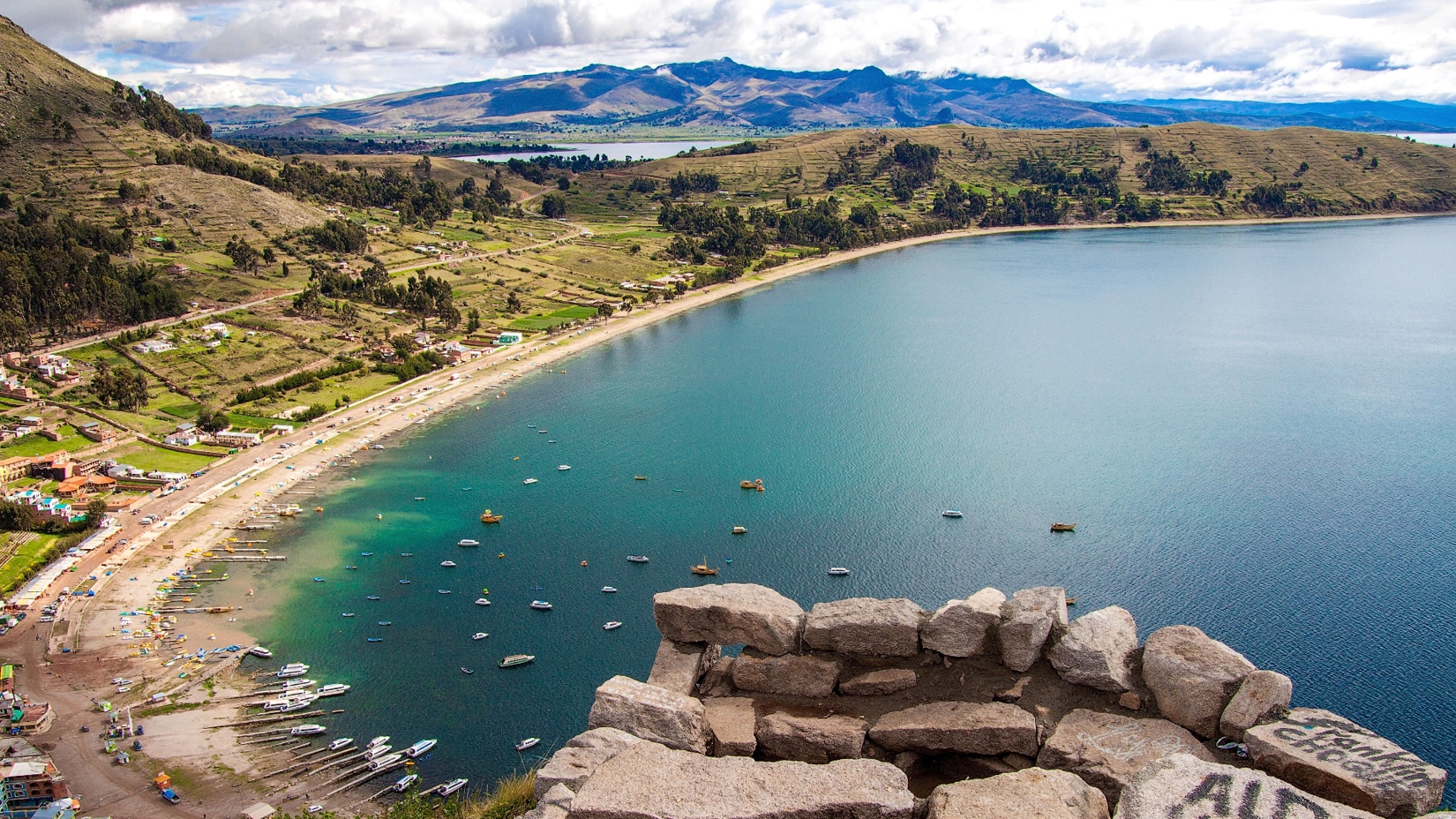
Trust us here, you cannot go to Puno and not try Thimphu. Trout Thimphu is a simple fish dish that’s been prepared with fresh ingredients, that are grown and farmed in the area. What makes this dish so good is the simple way in which it is prepared and how they ensure the ingredients retain their natural flavor and nutrients after cooking. The fish is slightly boiled and served with potatoes and a succulent broth. Of course its important to remember that how good any dish is , is highly dependent on the cook.
The highlands of Lake Titicaca are the home of small farms who produce mainly potatoes, fava beans, and Andean grains such as quinoa and amaranth. The local farmers also raise herds of sheep, llamas and alpacas. Therefore, other signature meals in Puno include quinoa in different varieties, one is “pesque de quinoa” (a quinoa puré served with alpaca steak) or mazamorra de quinoa (a porridge of quinoa). Another favorite is the Quinoa soup accompanied with beans, small potatoes, pieces of pumpkin and seasoned with local herbs like muña (a sort of Andean mint). The kankacho (baked lamb marinated with pepper and Andean herbs) and chicarron de alpaca (fried alpaca meat) also come highly recommended.
Tip: We highly recommend eating lightly at night. Puno is at very high elevations, its 3 830m/ 12 556ft above sea level. Your body digests much slower at high altitudes and heavy meals can impact the body´s ability to adjust to the altitude.
Primarily, Lake Titicaca is famous throughout Peru for the spectacular festival of the Virgen de la Candelaria, held in the streets of Puno in February. The festival is hosted over the course of two weeks. Its a big party that’s full of color, masks, costumes, bells and groups telling folklore stories through dance and music. The festival starts on February 2nd, with the main parade on the 09th of February. The festivities end with a grand feast in the cemeteries in order to celebrate the dead. Virgen de la Candelaria is a definite must see.
Of course, no trip to Lake Titicaca would be complete without a visit to its famous islands. Its extraordinary island population will transport you to a very unique and peaceful way of life. Find the residents either speaking Quechua or Aymara, the biggest native languages in Peru. Experience how they have protected and maintained their ancient customs. See around the islands the exceptional archeological delights, with numerous ancient ruins dating back to Pre-Inca civilizations. The ultimate highlight is in the magical sunsets that you can indulge from the hilltops.
We recommend trying out a Homestay whilst visiting the islands, a great way to fully immerse yourself in the day-to-day life of the islanders. Homestays offer humble dwellings, but the experience is enriching.
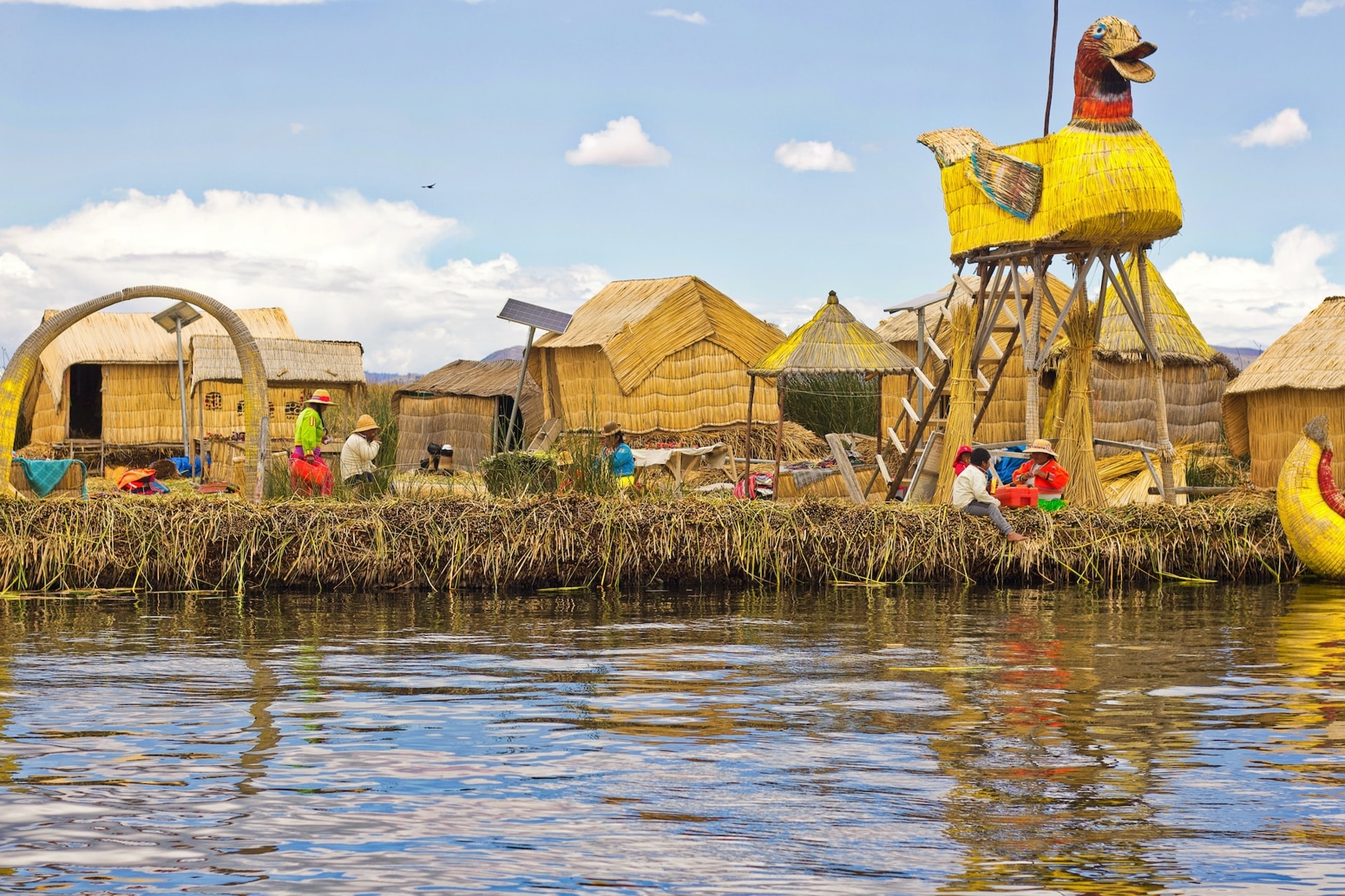
There’s no denying that the cultural makeup of Lake Titicaca is a layered one, uncovering the differences and similarities between the island communities will be great fun. These are some of the best islands to visit in Lake Titicaca.
These are known as floating islands, because as the name states they float on the waters in the middle of the Lake. The Uros people migrated to the islands in the Pre-Colombian era. They created their own man-made islands using layers of cut totora reeds. Totora is an aquatic grass like plant. The locals harvest their own totora and several times a year add more reed layers to their floating island homes. It is estimated that there are about 60 artificial islands floating in the lake, each island belonging to a single family. Today resident families welcome travelers to their floating homes. The islands are well worth a visit as you will not see anything else like it anywhere.
During your stay, locals explain the regular upkeep their reed homes require and show you how they weave the reeds together to build their thatched homes, furniture, and canoe-style boats. You can expect hot water showers, electricity and flushing toilets in some homes.
Colorful traditional clothing is usually the first thing that catches your eye. But did you know the dress style varies from island to island? On Taquile Island, you can tell a man’s marital status, not by a ring on his finger, but the type of hat on his head!
In 2005, Taquile and its textile art were declared an oral and intangible heritage of humanity by UNESCO. Both men and women take part in this ancient tradition, using hand needles and looms to weave cultural significance – indicated by different designs and colors – into each garment. The most fascinating thing about this culture is that men are the natural weavers in the community and weave garments to woo a potential partner or for their wives.
Of all the inhabited islands on the Peruvian side of Lake Titicaca, Amantani is often regarded as the most authentic and a place with undeniable beauty. Distance quite literally separates Amantani from mainstream tourism in Lake Titicaca. Travelers who make the voyage discover the island’s remote location, is in fact, a large part of its appeal.
Roughly 4,000 people live on the island in rural communities who, like their pre-Inca Pucara ancestors, raise livestock and farm potatoes, quinoa, beans, and peas. Amazingly, it’s still possible to walk along the island’s cobbled pathways to mountaintop temples of Pachamama and Pachatata without encountering other travelers, just friendly locals.
This Island is where most tourist enjoy an immersive homestay experience. On arrival, you can hike up to the top of the mountain to explore the temples before settling in for a stunning view of the sun setting over the lake.
Suasi Island is the only privately-owned island in Lake Titicaca. Far away from Puno, just off the lake’s northeastern shore, the exclusive Isla Suasi resort is the perfect retreat for anyone who wants to get away from it all. Unwind with a spa treatment or take a rest on a lounge chair in the garden overlooking the lake. With nature just outside your room, there’s no better way to revel in its beauty than paddling out on a kayak or hiking to the lookout point at Itapilluni Hill.
Isla del Sol is a place of Andean legends. It’s the mythical birthplace of the Incas. This is where the Inca creator god Viracocha rose from Lake Titicaca with a very important mission. He created the sun, moon, and stars above, the surrounding universe, and the first Incas.
Sacred sites on the island honor its past. The Chincana ruins, also known as “The Labyrinth,” are believed to have been a holy complex for Inca priests. Travelers can visit these ruins from the island’s north-base village of Challapampa. Climb up Cerro Uma Qolla for a great lake view. Spendthe night on Isla del Sol (highly recommended!). Step back in time with no cars anywhere and locals walking past in traditional dress. The best way to explore the island is by walking the trails connecting the northern part of the island to its southern tip.
So many possibilities to organize a interesting full day in Puno. Start with a kayaking adventure at sunrise, followed by a visit to the floating islands of Uros. After breakfast on the islands you return to Puno to continue to the alpaca ranch at Fundo Chinchero. The ranch is located in a beautiful spot situated near the lake’s shore. Before leaving the ranch, you can enjoy a traditional lunch. Then, you can go on to visit the archaeological site of Sillustani where you will enjoy breathtaking views of the Andean plateau and landscape. On the way back to Puno we stop to visit a local family from the community adjacent to Sillustani site for a friendly cultural exchange.
One of the most popular multi day tours is a visit to Amantani Island. You can share the farming activities of a local host family on the island. Also sign up for many other cultural exchange activities in the community!
For the adventurous traveler check out one of the many multi-day kayak tours to Taquile island and for hikers we have additional hiking tours to beautiful natural and enigmatic places such as Aramu Muru´s gate!
The Uros people´s ancestors were simple fishermen and bird hunters and preferred to remain isolated from the more advanced civilizations. When the Spanish chroniclers encountered the Uros by the end of the XVI century, the Uros people were still living on the lake in small reed-boats that they used as floating houses. Only in the early 60s, the Uros started to build small artificial islands with reeds for their homes. In the late 70s tourism started to develop. This has given the Uros inhabitants the chance to earn an extra income and to pursue better education for their children.
Nowadays, The Uro islanders strive for a better future for their children. Many families have been able to build small houses in the city. The young “Uro” can go to schools in the city and have access to a more regular education system. It is likely that they will not return to live on the “floating islands”. In the meantime, tourism is an important source of income for the adult population in Uros. The days of this old community will most likely end with the next generation.
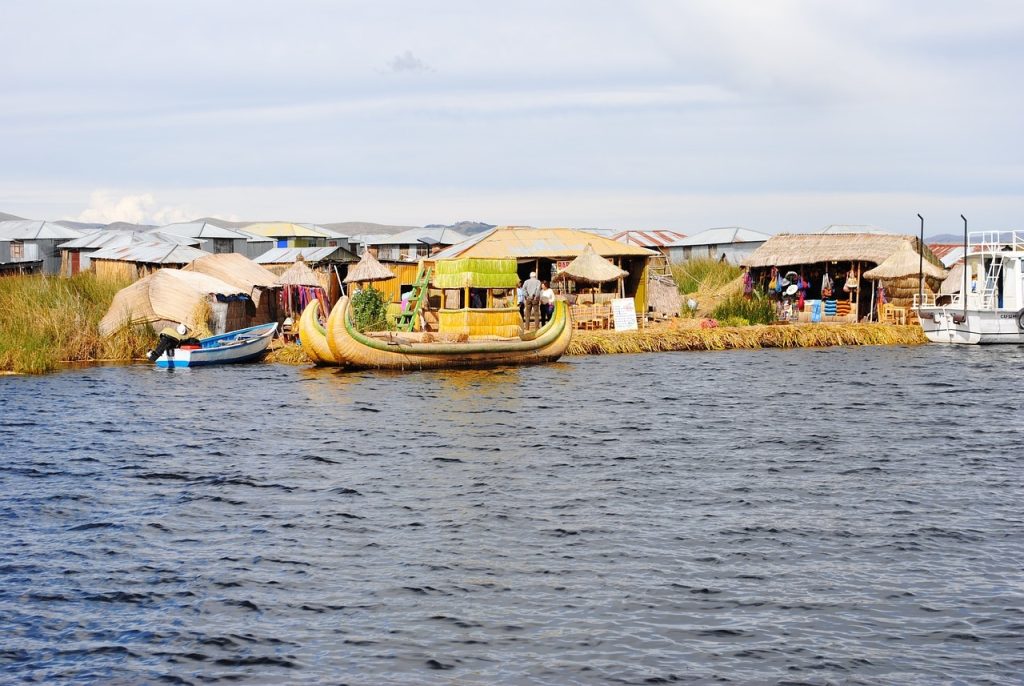
If you prefer the comfort and privacy of a hotel, there are some very good hotels in Puno to fit all budgets. Also, in the region of Lake Titicaca (outside of the city) the homestays in rural local communities are an excellent experience. Local host families offer accommodation and provide meals for their guests. These cultural exchange experiences have left touching and long-lasting memories for travelers.

Comfortable lodging near the ruins of Ollantaytambo, in the Sacred Valley of the Incas
Learn More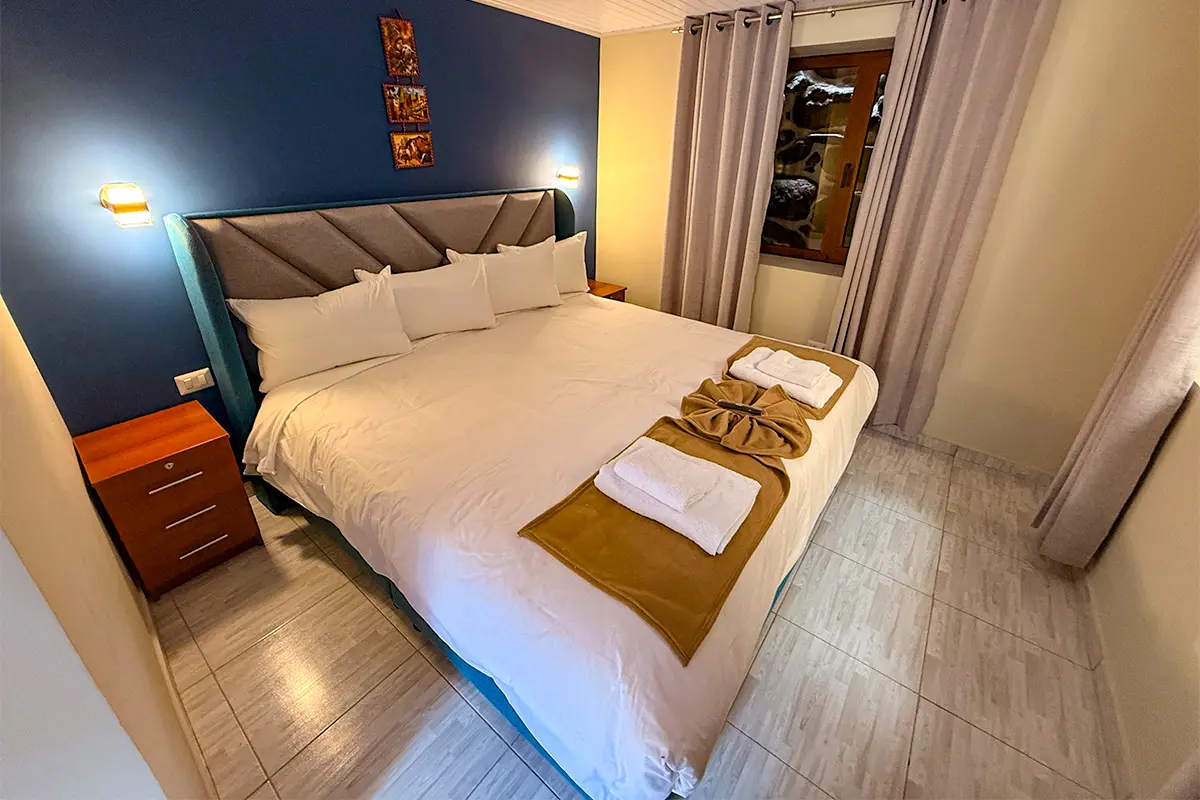
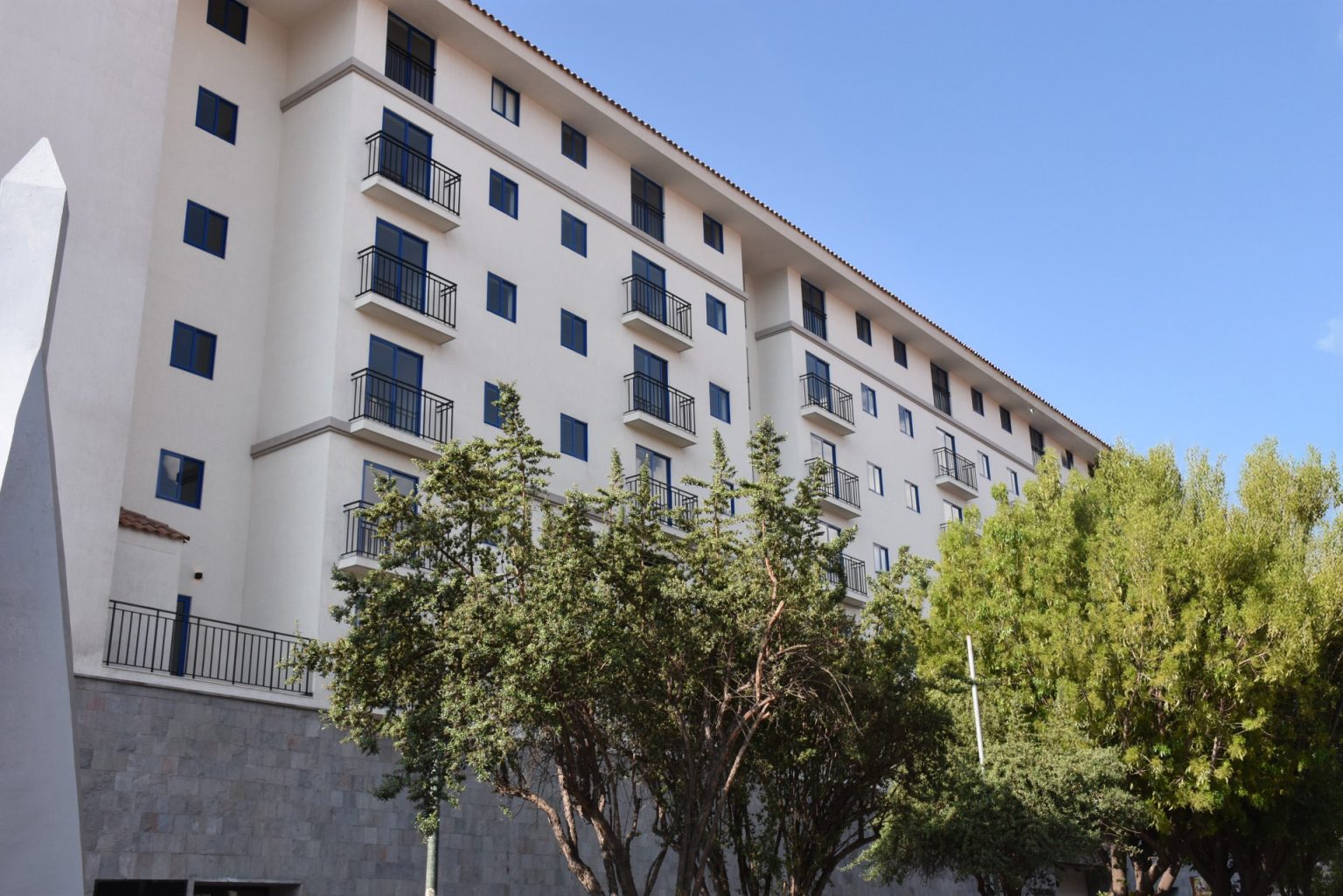
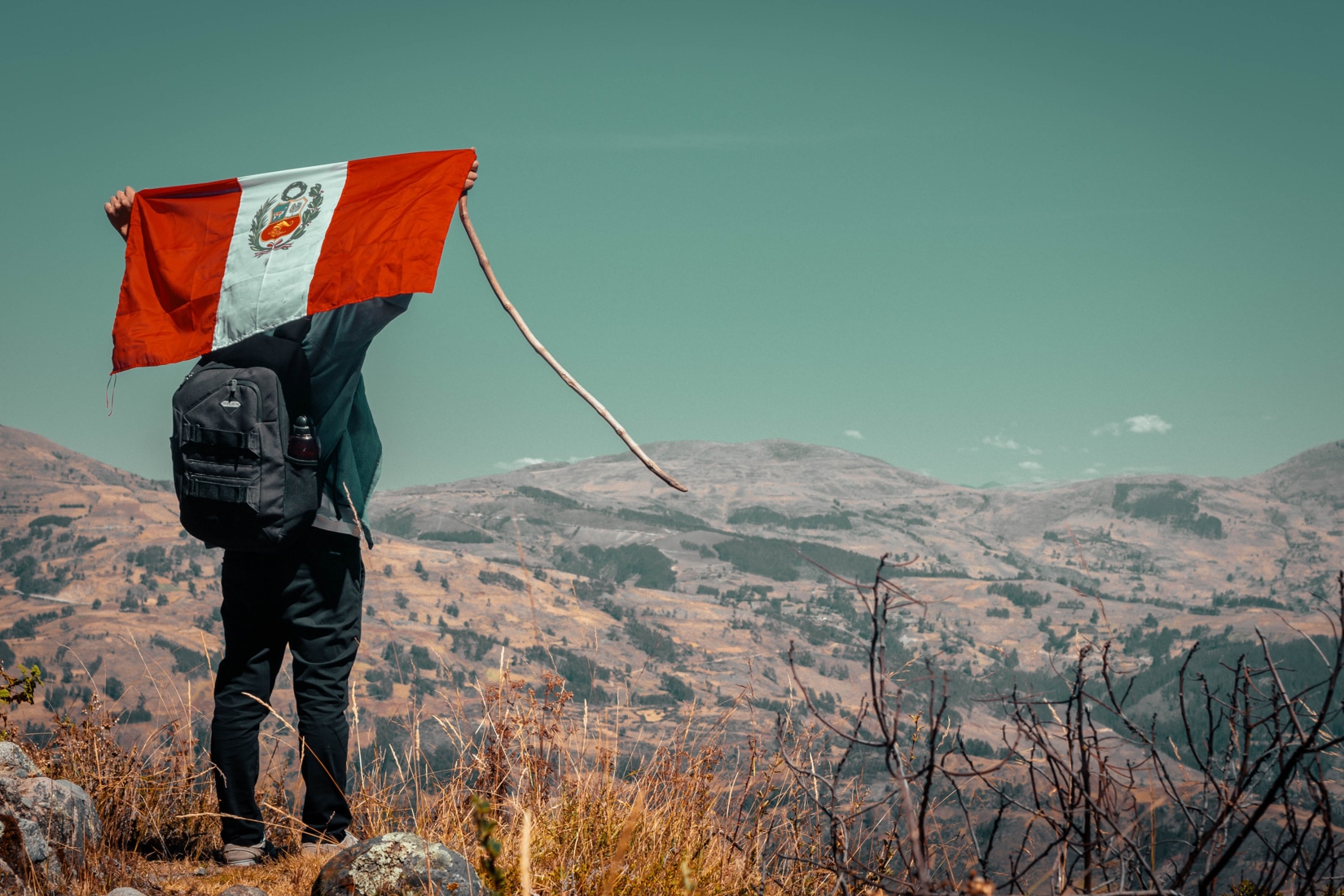
Travelling with children or teens in Peru is a different experience than travelling solo or as a couple; extra planning is required. This article will give you what you need to know to organize an unforgettable family trip to Peru. Peru is an excellent destination for children of all ages, all guaranteed to have a […]
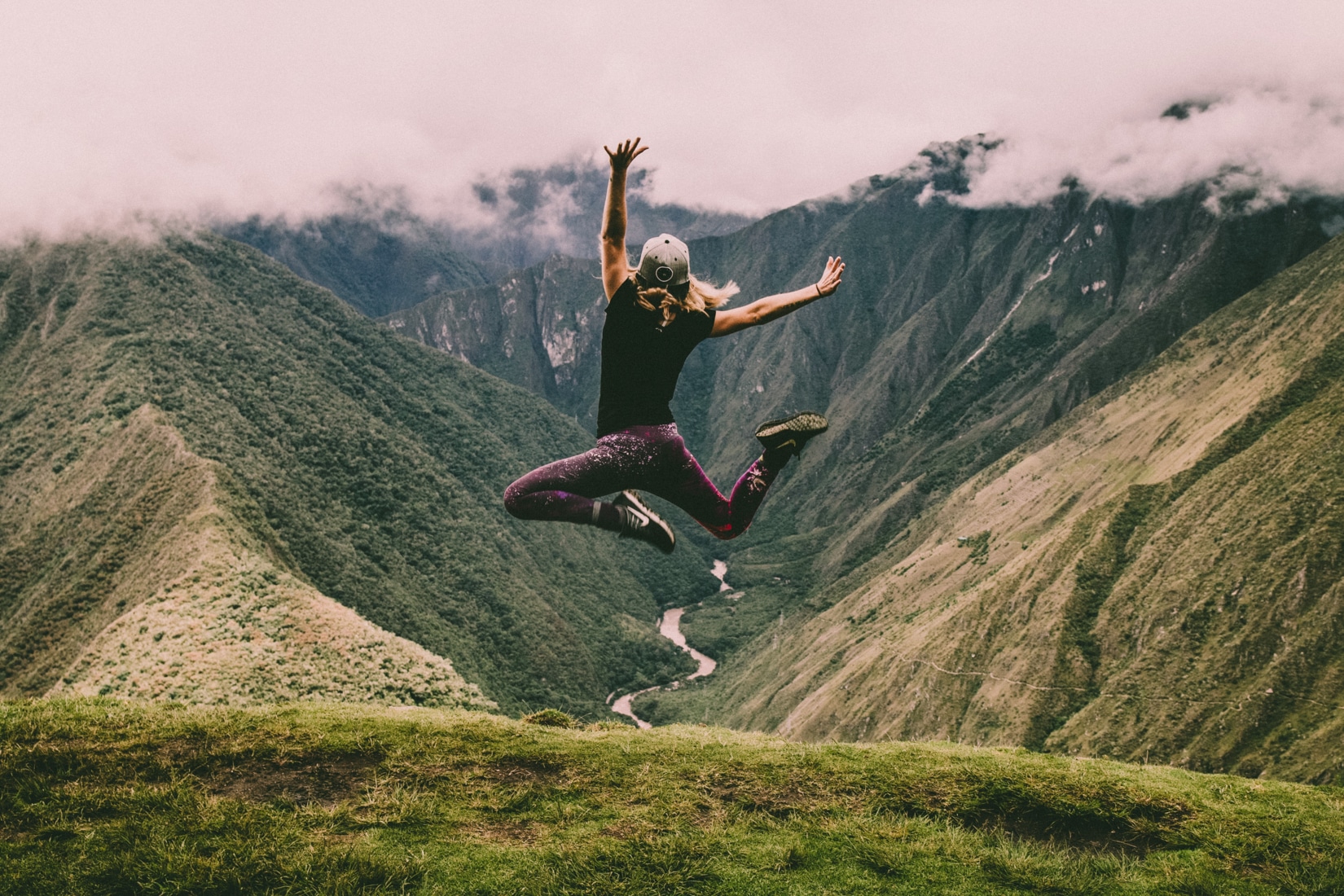
The Inca Jungle Trek to Machu Picchu is the perfect adventure trek for the thrill seekers among you. Start your adventure with downhill mountain biking, which leads to a lookout point with breath taking views of the Andean landscape. After, enjoy an exhilarating experience white water rafting down the Urubamba river. If that wasnt enough, […]
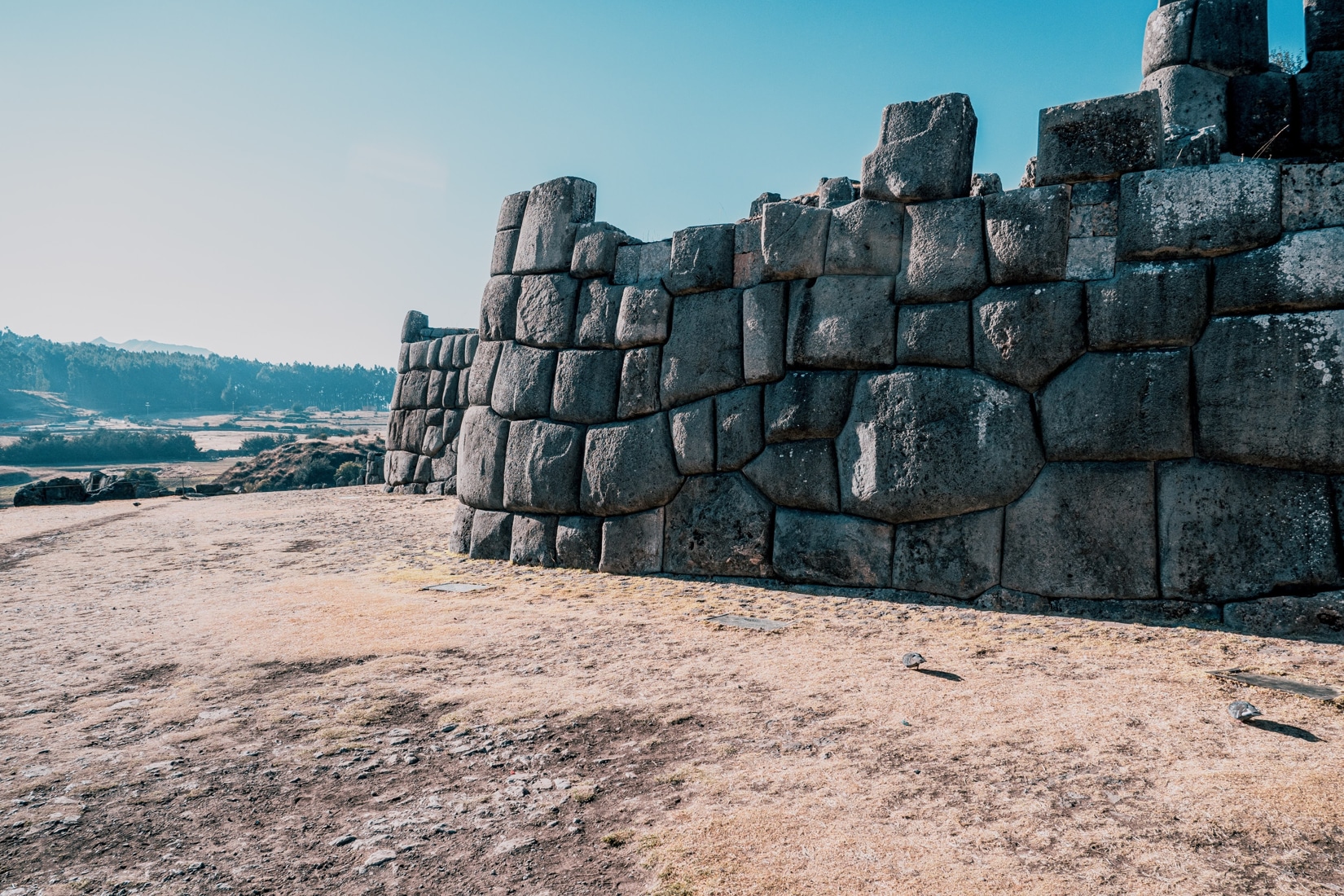
Sacsayhuamán is one of the most imposing and mysterious structures in the world. It contains 3 layers of zigzag walls made from megalithic stone. Just above Cusco you will find the enigmatic structure of Sacsayhuaman. Historians and archeologists believe that it was constructed around the 15th century during the reign of the most successful Inca […]
Discover why thousands of people around the world trust us to explore the best of Peru.
Couples
Trip to Rainbow mountain. First to the mountain thanks to Yair’s expert driving and special thanks to Cristian for being my guide. Highly recommend!
Written July 2, 2025
Family
We had an incredible experience hiking the Inca Trail with Ray as our guide. Ray was amazing. He was super knowledgeable about the history of the Incas, and he brought that history to life. We visited three larger sites, and several smaller ones that we arrived at by foot deep in the Peruvian jungle. Ray's was an incredible, passionate, and experienced guide, and also just a great person we are lucky to have met. I also have to mention Moses, our porter who made an amazing lunch and hiked it up to our resting spot 2000 ft above the Urambamba River to Wiñaywayna.
Written July 4, 2025
Family
Did the short inca trail through sam travel and it was an unforgettable experience. Hiking from the train to the Sun Gate with its beutiful views of macchu piccu was incredible. Our guide, Ray, was extremely knowledgeable, passionate, and always positive. At every location and along the way he had fascinating information to share and no question went unanswered.
Written July 4, 2025
Family
We had a great experience with our guide Cristian during our visit to the Sacred Valley and Machu Picchu. He shared clear and detailed explanations, with a fascinating historical narrative that helped us truly connect with the places we explored. I learned so much thanks to him. The atmosphere was also really positive and friendly throughout the tour. Highly recommended!
Written June 26, 2025